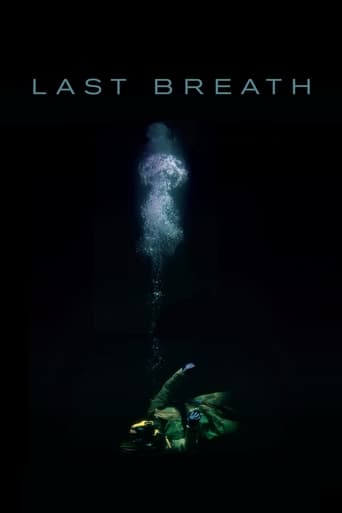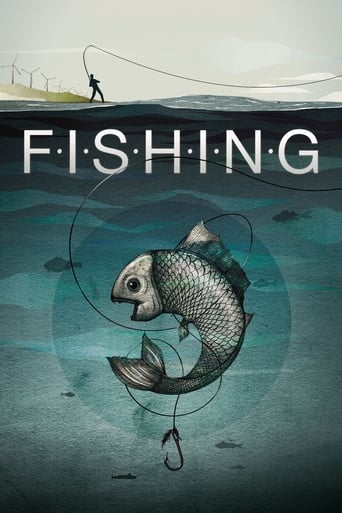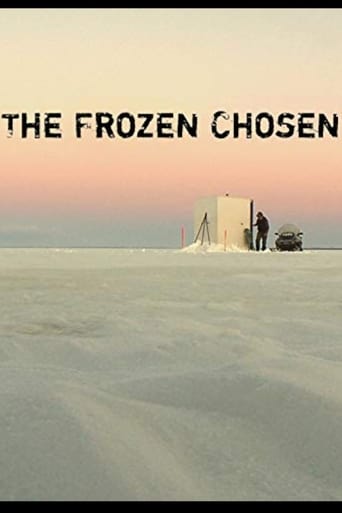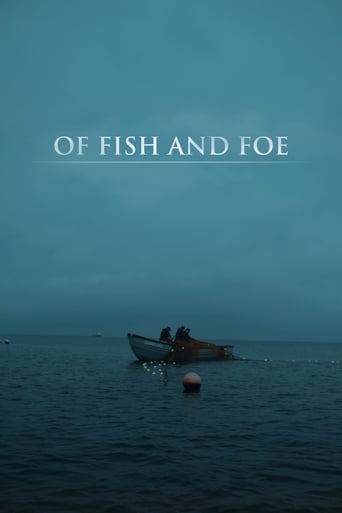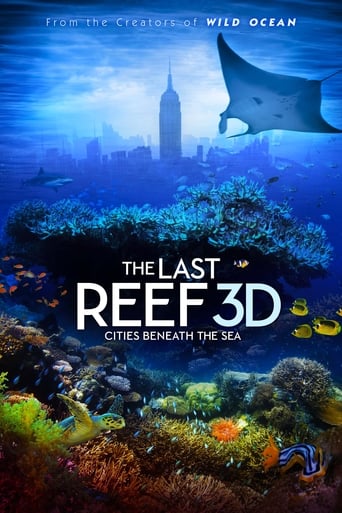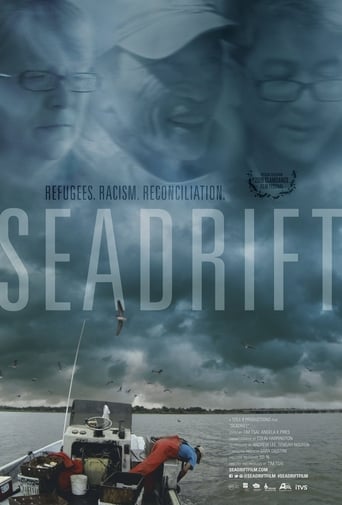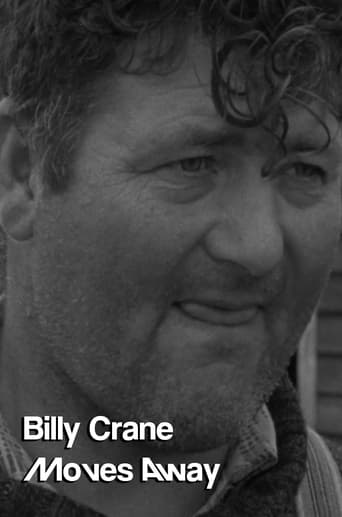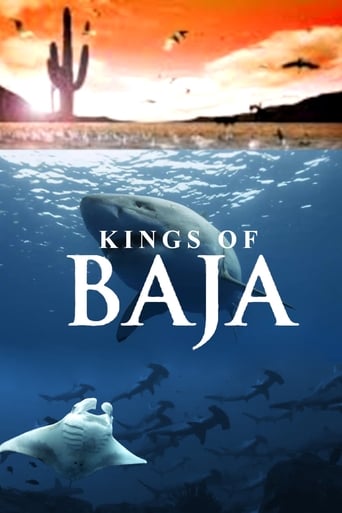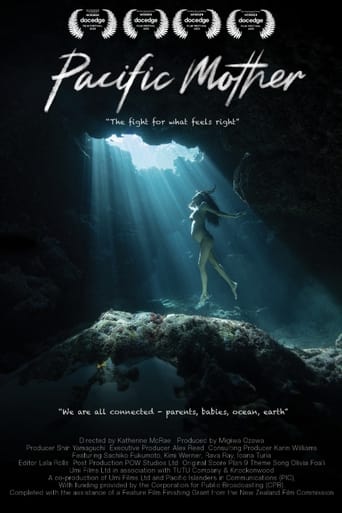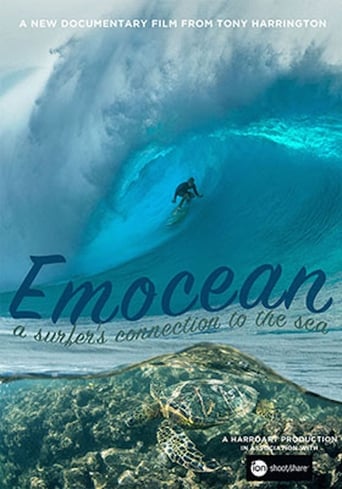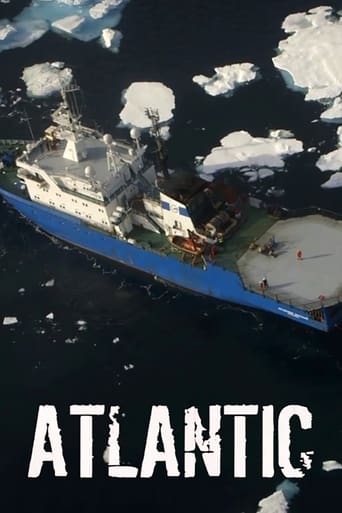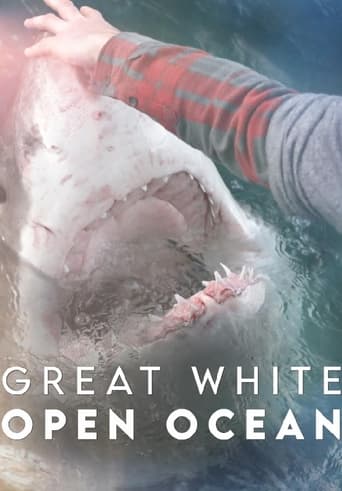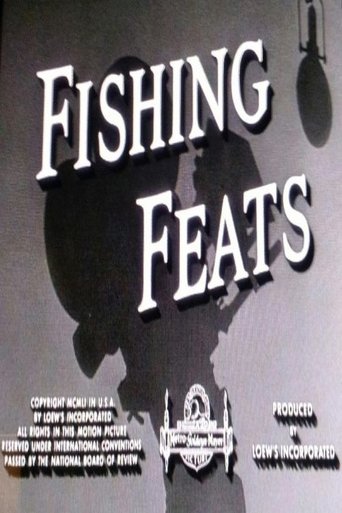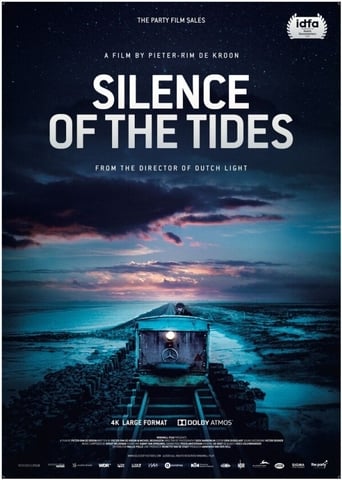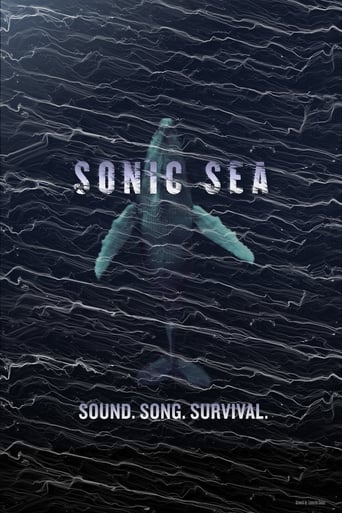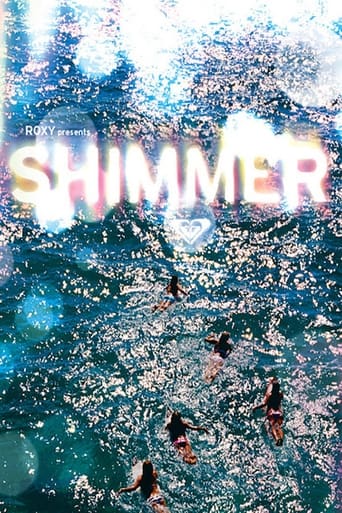
Shimmer
Join superstars Megan Abubo, Chelsea Georgeson, and Sofia Mulanovich as they create sparks in Indonesia, Fiji, Australia, and Hawaii. See rising stars Caroline Sarran, Veronica Kay, Rosie Hodge, and Carly Smith blaze trails at home and abroad. Watch longboarding's leading ladies Kassia Meador, Kula Barbieto and Crystal Dzigas charge glassy peaks from Waikiki to the Mentawais, their every ride infused with power, beauty and grace. And Roxy's own leading legend, four-time world champion Lisa Anderson, lights the way for an international team of gifted youngsters led by Hawaii's Carissa Moore, who shows us just how bright their future will be. As an added bonus, witness exclusive footage of the Roxy Pro Fiji - some of the best professional women's contest surfing to date. Lured from the shores of the world to shimmering seas, the Roxy team shines.
